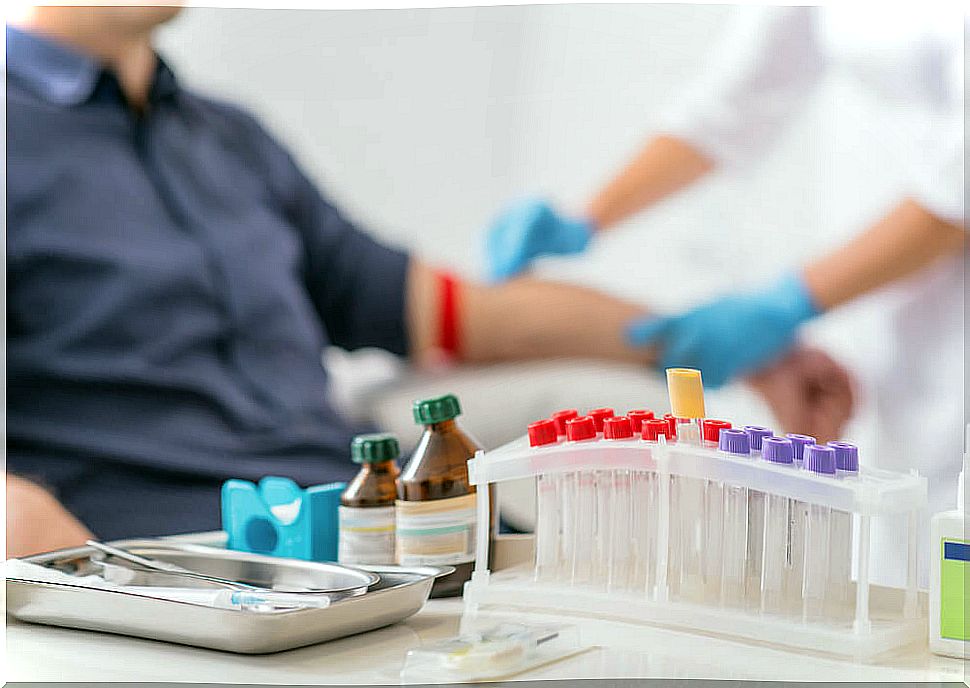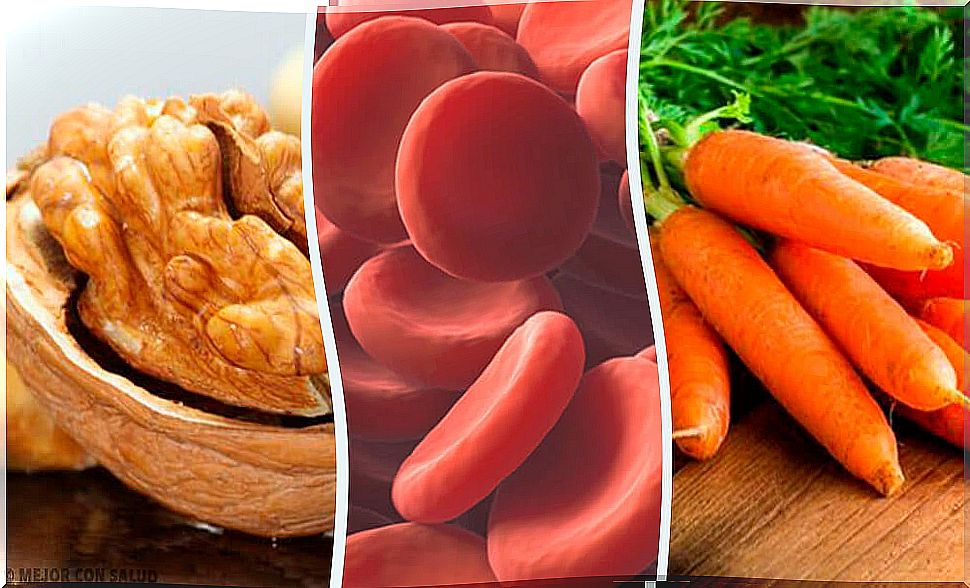What Are The Requirements That A Blood Donor Must Meet?
Of particular relevance in surgical operations and accidents, donating blood is a simple act that can save lives.

A well-informed blood donor will be able to go to the donation center much more relaxed and willing than otherwise. Therefore, below we will comment on some aspects that you must take into account when carrying out this good action.
To understand the importance of donation, you need to remember what blood is. It is a liquid substance that is distributed throughout the body, through the circulatory system.
It is essential for all cells to fulfill their vital functions and is responsible, neither more nor less, than transporting oxygen and nutrients.
In certain circumstances, such as a surgical intervention or an accident, it is necessary to replace the lost blood in order to save the life of the affected person. That’s when blood transfusions come in handy.
The importance of blood

The human body, under normal health conditions, has an average of about 5 liters of blood (which represents just over 5% of total body weight).
However, this data depends on many factors, as it is related to: age, weight, height, sex, among others.
As noted above, blood is a substance that makes it possible for the body to function. In summary, its functions are summarized in the transport of:
- Nutrients, hormones, antibodies, heat, and oxygen to the tissues of the body.
- CO2 and waste from body tissues.
What elements make up blood?

It is important to make a brief clarification between blood and plasma, as they tend to get confused. Blood includes all cellular components, while plasma only refers to the liquid part of it.
Plasma is the liquid component of blood that, in turn, is made up of:
- Red blood cells. Also known as ‘Erythrocytes’, they are responsible for transporting oxygen from the lungs to the rest of the body.
- White blood cells. Also called ‘Leukocytes’, they are responsible for fighting infections and assisting the immune system. There are several types: lymphocytes, monocytes, eosinophils, basophils, and neutrophils.
- Platelets. They contribute to the coagulation process, thus helping to reduce bleeding and promote wound healing.
What are the requirements that a blood donor must meet?

- The blood donor must be between 18 and 65 years old. However, if the individual is over 65, they can donate until they are 70, as long as they have a positive report from their doctor.
- Have normal blood pressure.
- Not suffer or have suffered from blood-borne diseases. Among them are: hepatitis, HIV or malaria, among others. On the other hand, the donor must not suffer or have suffered any type of infection during the previous two weeks.
- Not having donated in the last few months. The number of times men and women can donate is different, with men being able to donate up to 4 times and women 3 (per year).
- Have a minimum weight of 50 kilos and a height greater than 1.50 meters.
- Not having taken certain medications in the last days, as well as drugs or narcotics.
- Of course, the blood donor must be well fed and hydrated.
- Not having tattoos or piercings in the previous four months.
- Not having undergone surgical interventions in recent months. Not having undergone an organ transplant or having received a blood transfusion.
What happens during and after donating blood?
In the process, about 500 mL of blood is drawn over a total period of 15 minutes. Subsequently, it must pass different controls (to ensure its quality).
One of the fundamental details is to identify the group to which the blood belongs, since according to this, it is classified and stored so that it is ready for use when it is needed.
Once the extraction is finished, the blood donor must replace fluids and take some precautions such as: avoid lifting weight with the arm, drink a lot of water and do not do any intense physical activity.
On the other hand, it is recommended that you rest and try to eat in a balanced way to recover more easily.









